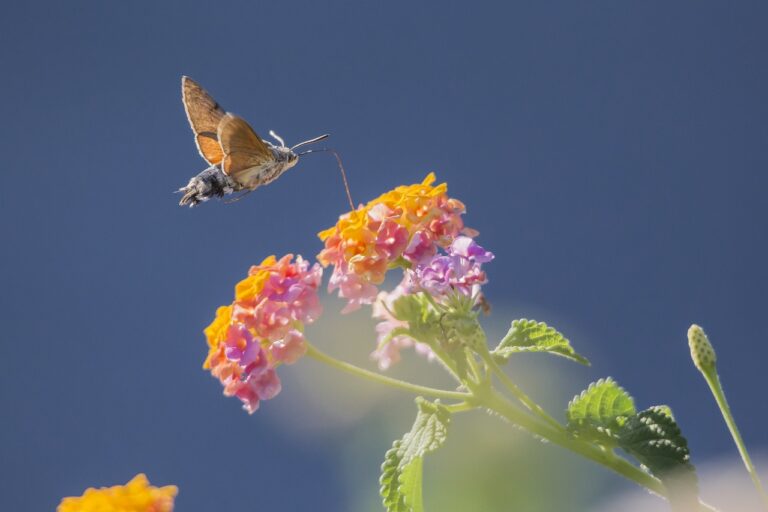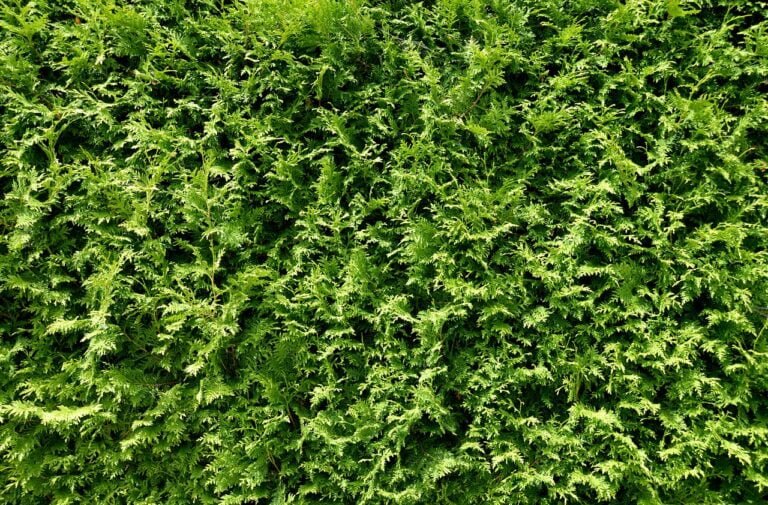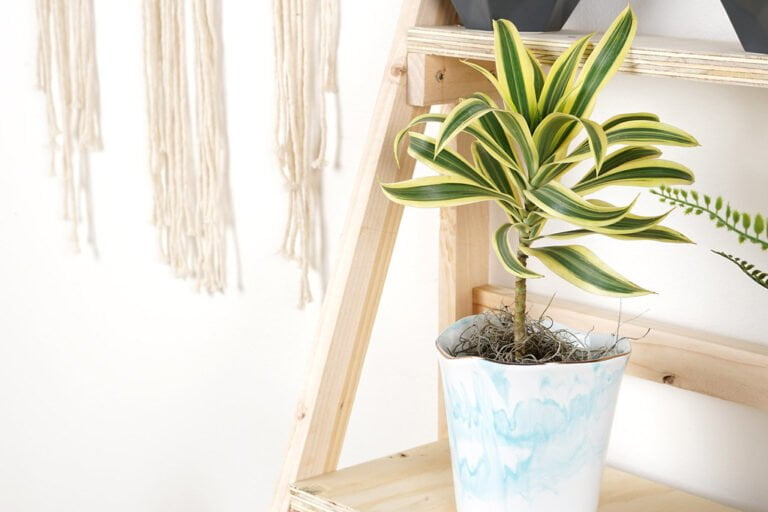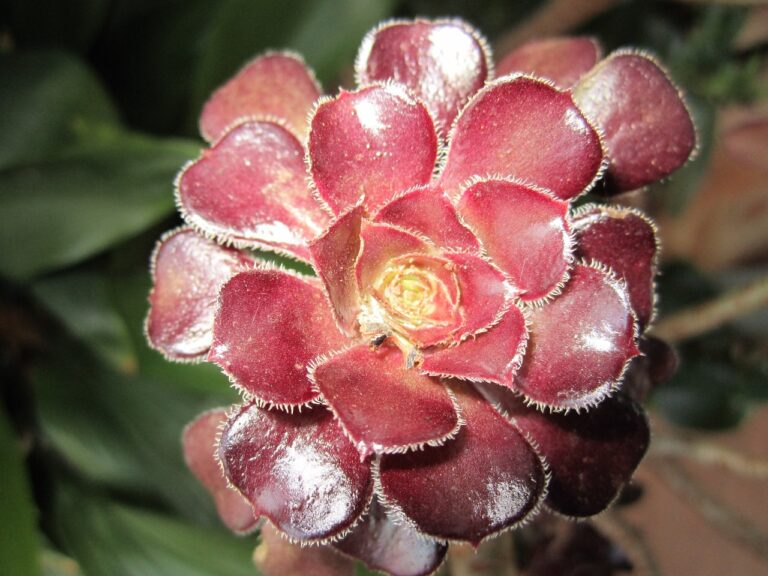Planning and Selecting Perennial Plants for Long-Term Landscaping
When selecting perennial plants for long-lasting landscaping, consider flower colors, bloom periods, and sunlight requirements. Space out blooms for continuous color. Pair plants with sunlight levels-full sun, part sun, or shade. Choose well-draining, organic-rich soil. Group plants in threes for symmetry. Assess light and soil conditions for ideal growth. Pick plants with different bloom periods for year-round liveliness. Combine warm and cool tones for a cohesive garden. Vary plant heights and shapes for visual appeal. Integrate textures and scents for dimension. Planning these factors will guarantee a flourishing garden throughout the seasons.
Importance of Plant Selection Criteria
Choosing perennial plants for landscaping demands careful consideration of plant selection criteria to guarantee the garden’s cohesion and visual appeal. When planning a perennial garden, one must pay close attention to flower colors, bloom times, and the amount of sunlight the area receives. To ensure a vibrant display throughout the growing season, selecting plants with staggered bloom times is essential. By incorporating a variety of flower colors, one can create dynamic visual interest within the garden.
In terms of sunlight requirements, it’s important to evaluate whether the plants prefer full sun, part sun, or shade. This information will help in proper placement within the landscape to promote best growth and flowering. Additionally, considering the soil composition is crucial for the long-term success of the garden. Perennial plants often thrive in well-draining soil rich in organic matter. Incorporating organic matter into the soil not only provides essential nutrients but also improves soil structure and water retention.
Grouping plants in threes can create a sense of balance and symmetry within the garden. This arrangement allows for visually appealing clusters that are pleasing to the eye. By carefully selecting perennials based on these criteria, one can design a landscape that is not only beautiful but also sustainable and low-maintenance.
Assessing Light and Soil Requirements
When considering perennial plants for landscaping, it is essential to thoroughly evaluate their specific light and soil requirements to guarantee ideal growth and long-term sustainability. Perennials exhibit varying light requirements, with some thriving in full sun, others in part shade, and some in shade. Understanding these preferences is important for creating a suitable environment for each plant to flourish. Additionally, checking the soil conditions is paramount as different perennials have distinct soil preferences. Some plants prefer well-draining soil, while others thrive in moist conditions. Matching the moisture levels of the soil with the plant’s requirements is crucial for supporting healthy growth and development.
It is also essential to verify if the selected perennials are compatible with the dry or wet conditions present in your garden. By ensuring that the plants’ needs align with the environmental conditions, you increase the likelihood of their long-term success. Evaluating the light and soil requirements of perennials is fundamental in creating a thriving and sustainable landscape that will endure through the growing season. Careful consideration of these factors will contribute to the overall health and vibrancy of your perennial garden.
Understanding Bloom Times and Colors
To maximize the visual impact of a perennial garden, understanding the bloom times and colors of selected plants is crucial. Perennials offer a range of bloom periods, from early spring to fall, ensuring a continuous display of colors in your garden throughout the seasons. By strategically choosing plants with staggered bloom times, you can create a garden that is vibrant and visually appealing year-round.
Colors play an essential role in the aesthetics of a garden. Warm hues such as reds and oranges can add a pop of color and create focal points, while cool tones like blues and purples provide a sense of tranquility. When planning your perennial garden, consider incorporating a mix of warm and cool colors to achieve a balanced and harmonious look. Additionally, selecting plants with foliage that changes color in the fall can add another layer of interest to your garden, extending its visual appeal beyond the blooming season.
Considering Height, Spread, and Form
Considering the height, spread, and form of perennial plants is vital for creating a well-balanced and visually appealing landscape design. When planning a garden layout, it is important to keep in mind the mature height of perennials, which can range from 2 to 12 feet. To achieve a harmonious look, utilize a stair-stepping approach by situating shorter plants in the front and taller ones towards the back. This method not only adds visual interest but also guarantees that each plant receives sufficient sunlight and visibility, preventing smaller plants from being overshadowed by taller ones.
To maintain continuous color in the garden, select perennials with varying bloom times throughout the seasons. For instance, incorporating plants that bloom in Late Spring will help extend the flowering period and provide a vibrant display. Additionally, mixing up the height progression in the garden creates a dynamic landscape design. Consider incorporating ornamental grasses, which come in a variety of heights and add texture and movement to the garden. By paying attention to the height, spread, and form of perennial plants, you can create a visually appealing garden that is both aesthetically pleasing and well-balanced.
Incorporating Texture and Fragrance
Incorporating various textures in perennial plants boosts visual interest and depth in landscape design. Different textures, such as coarse, medium, and fine, play an important role in creating spatial illusions and maintaining balance within the garden. Here are three key points to keep in mind when incorporating texture and fragrance into your perennial plant selection:
- Contrasting Textures: Mixing coarse and fine textures can greatly improve the overall appeal of your garden by providing a striking contrast. The interplay between these textures adds depth and complexity to the landscape design, making it visually engaging.
- Fragrant Additions: Including fragrant perennials in your garden not only adds sensory delight but also attracts beneficial pollinators. Fragrant foliage and flowers can enhance the overall experience of your outdoor space, creating a pleasant and inviting atmosphere for both humans and wildlife.
- Maintenance Considerations: Some fragrant perennials, like the ‘Hot Lips’ cultivar, may need to be divided regularly to maintain their vigor and blooming capacity. It is advisable to divide these plants every two to three years to ensure they continue to thrive. When dividing, make sure you replant them at the same depth they were growing before, typically at a depth of about an inch below the soil surface.






